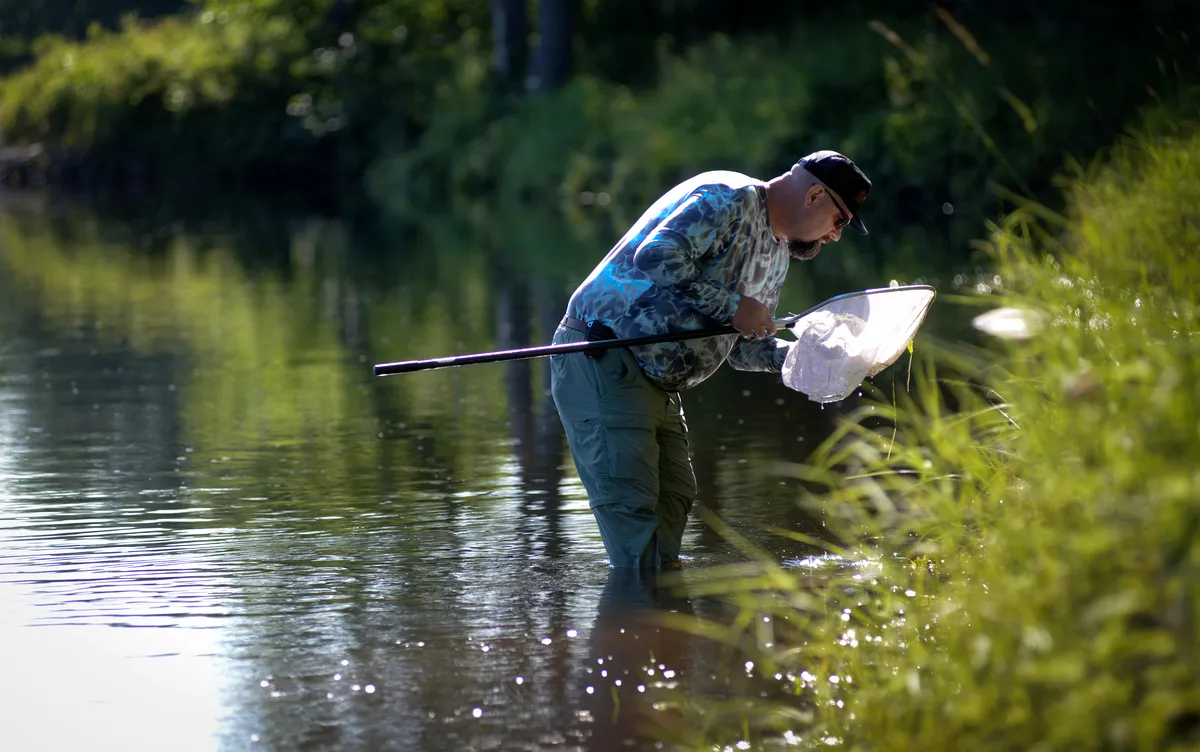
Most Mainers know about our lumber industry in the 1800s, the work camps and the log drives and the wealth that flowed through Bangor, but few know the rest of the story; what happened to the fish.
One hundred and 50 years ago, in their annual report to the Legislature, the Maine Commissioners of Fisheries wrote: “People . . . are now beginning to realize the mighty wrong that was perpetrated when our rivers were obstructed by special privileges, granted to individuals and corporations, and the rights of the people sacrificed. There was no excuse for exterminating . . . a greater amount of food value, that cost the State not one cent in its production, than all the lumber of Maine was worth. The fish of the Penobscot or the Kennebec was worth, is worth more than the lumber on either of those rivers.”
Stay current on Tribal-State relations, legal developments, resources, and stories from our communities.

We respect your privacy and do not share your information with anyone.
The Maine Indian Tribal-State Commission (MITSC) is an inter-governmental entity created by the Maine Implementing Act of 1980. Six members are appointed by the State, two by the Houlton Band of Maliseet Indians, two by the Passamaquoddy Tribe, and two by the Penobscot Indian Nation. The thirteenth, who is the chairperson, is selected by the other twelve.
Read More about MITSC Here